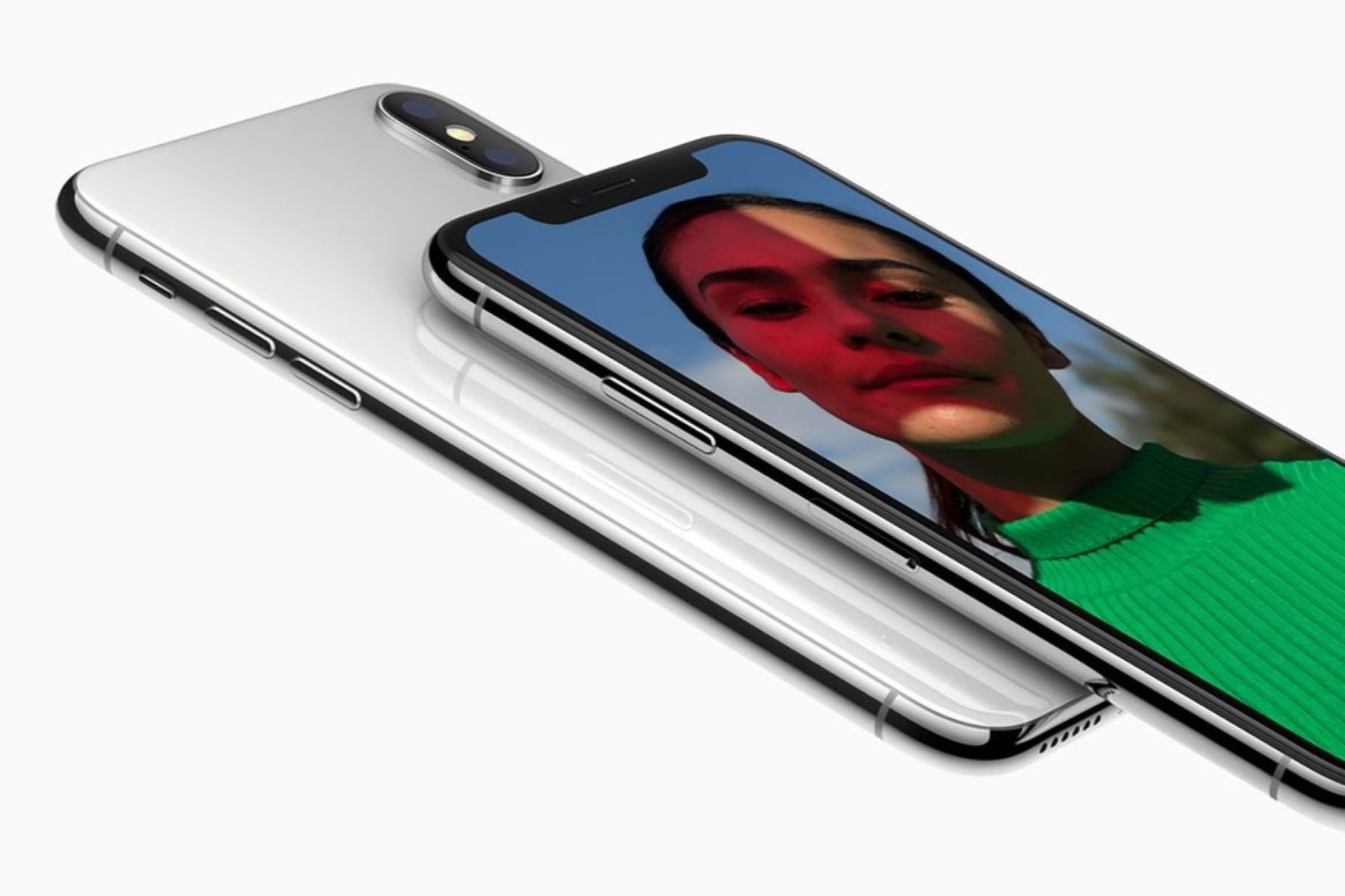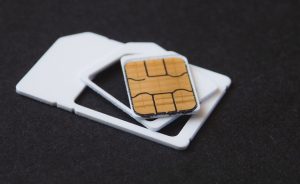Understanding 4G and 3G Technology
In the ever-evolving landscape of mobile technology, the terms "4G" and "3G" are frequently mentioned, but what do they really mean? Understanding the differences between these network technologies is crucial for making informed decisions about mobile devices and data plans.
Evolution of Mobile Networks
The "G" in 3G and 4G stands for "generation," indicating the progression of mobile network technology. 3G, or third-generation technology, was a significant leap forward from its predecessor, 2G, as it enabled faster data transmission, paving the way for mobile internet access, video calling, and multimedia messaging. However, as the demand for faster and more reliable connectivity grew, the need for an even more advanced network became apparent, leading to the development of 4G.
3G: The Foundation of Mobile Data
3G technology brought about a substantial improvement in data transfer speeds compared to its predecessor. It operates on various frequency bands, allowing for a wide coverage area and reliable connectivity. While 3G networks are still in use today, they are gradually being phased out in favor of more advanced technologies like 4G and 5G.
4G: Enhanced Speed and Efficiency
4G technology represents a significant advancement in mobile network capabilities, offering substantially faster data speeds and lower latency compared to 3G. This improvement has revolutionized the way people use their mobile devices, enabling seamless video streaming, online gaming, and high-speed downloads. With 4G, users can experience a more responsive and immersive mobile internet experience.
Key Differences
The primary differentiating factors between 4G and 3G lie in their data transfer speeds and network efficiency. While 3G networks typically offer download speeds in the range of 0.5 to 2 Mbps, 4G networks can deliver speeds exceeding 100 Mbps, making them ideal for bandwidth-intensive activities.
Future of Mobile Networks
As technology continues to advance, the transition from 4G to 5G is already underway in many regions. 5G promises even faster speeds, lower latency, and greater network capacity, ushering in a new era of connectivity and innovation.
Understanding the distinctions between 4G and 3G empowers users to make informed choices when selecting mobile devices and data plans, ensuring that they can fully leverage the capabilities of modern mobile networks.
Network Identification on iPhone 10
The iPhone 10, known for its cutting-edge technology and seamless user experience, incorporates advanced features for identifying and connecting to mobile networks. Understanding how the device distinguishes between 4G and 3G networks is essential for optimizing network connectivity and leveraging the benefits of high-speed data transmission.
Upon powering on the iPhone 10, the device automatically scans for available mobile networks in the vicinity. This process involves detecting and displaying the available network options, including both 4G and 3G networks, in the device's settings. Users can access this information by navigating to the "Settings" app and selecting the "Cellular" or "Mobile Data" option, depending on the region and carrier settings.
In the "Cellular" or "Mobile Data" settings, the iPhone 10 presents a list of available networks, clearly indicating whether they are 4G or 3G. This intuitive interface allows users to identify and select their preferred network based on factors such as signal strength, data speed, and coverage availability.
The iPhone 10 also incorporates visual indicators to differentiate between 4G and 3G networks. When connected to a 4G network, the device displays the "4G" or "LTE" symbol in the status bar, signifying the utilization of high-speed data transmission. Conversely, when the device is connected to a 3G network, the "3G" symbol is displayed, providing users with real-time feedback on the network technology in use.
Furthermore, the iPhone 10's advanced network identification capabilities extend to seamless network switching. In scenarios where the device detects fluctuations in network signal strength or data speed, it automatically switches between 4G and 3G networks to ensure a consistent and reliable connection. This dynamic network selection mechanism optimizes the user experience by prioritizing network stability and data speed.
The iPhone 10's network identification functionality is designed to empower users with transparent and accessible information about available mobile networks. By seamlessly differentiating between 4G and 3G networks and providing real-time network status updates, the device enables users to make informed decisions regarding network selection, ensuring an optimal mobile connectivity experience.
In essence, the iPhone 10's network identification capabilities play a pivotal role in enhancing user control and understanding of mobile network technologies, ultimately contributing to a seamless and efficient connectivity experience.
Signal Strength and Data Speed
Signal strength and data speed are pivotal factors that directly impact the quality of mobile network connectivity on the iPhone 10. Understanding the correlation between these elements is essential for optimizing the user experience and leveraging the full potential of 4G and 3G networks.
The signal strength indicator on the iPhone 10 provides users with real-time feedback on the strength of the network signal. This visual representation, typically displayed as a series of bars, offers a quick assessment of the signal reception quality. A higher number of bars indicates a stronger signal, while a lower number suggests a weaker signal. When connected to a 4G network, a strong signal strength contributes to enhanced data speed and a more reliable connection, facilitating seamless browsing, streaming, and communication.
In contrast, a weaker signal strength, often indicated by fewer bars, can lead to reduced data speeds and potential connectivity issues. When the signal strength diminishes, the iPhone 10 may automatically switch to a 3G network to maintain a stable connection. While 3G networks generally offer lower data speeds compared to 4G, they can provide a more consistent connection in areas with weaker 4G coverage.
Data speed, a critical aspect of mobile network performance, directly influences the responsiveness and efficiency of online activities. When connected to a 4G network, the iPhone 10 can achieve significantly higher data speeds, enabling rapid downloads, smooth video streaming, and seamless app usage. The enhanced data speed of 4G networks empowers users to engage in bandwidth-intensive tasks with minimal latency, delivering a fluid and immersive mobile experience.
On the other hand, 3G networks, while offering lower data speeds compared to 4G, remain a reliable option in areas where 4G coverage may be limited. The iPhone 10's adaptive network capabilities enable seamless transitions between 4G and 3G networks based on signal strength and data speed, ensuring a consistent and optimized connectivity experience.
By comprehensively understanding the interplay between signal strength and data speed, iPhone 10 users can make informed decisions regarding network selection and optimize their mobile connectivity. The device's intuitive display of signal strength and dynamic network switching capabilities empowers users to stay connected and productive, regardless of varying network conditions.
In essence, the iPhone 10's ability to seamlessly adapt to fluctuating signal strength and data speed underscores its commitment to delivering a reliable and efficient mobile connectivity experience, ultimately enhancing user satisfaction and productivity.
Switching Between 4G and 3G
The iPhone 10's seamless transition between 4G and 3G networks is a testament to its adaptive network capabilities, ensuring consistent connectivity and optimal data speeds in varying network conditions. When the device detects fluctuations in signal strength or data speed, it dynamically switches between 4G and 3G networks, prioritizing network stability and user experience.
This dynamic network switching mechanism is designed to deliver a seamless and uninterrupted connectivity experience. In scenarios where the iPhone 10 detects a weakening 4G signal, it intelligently transitions to a 3G network to maintain a stable connection. This proactive approach mitigates potential disruptions in data transmission, ensuring that users can continue their online activities without interruption.
Conversely, when the device re-establishes a strong 4G signal, it seamlessly switches back to the high-speed network, enabling users to leverage the enhanced data speeds and responsiveness offered by 4G technology. This automatic network selection process occurs in the background, allowing users to stay connected without manual intervention, thereby enhancing the overall user experience.
The iPhone 10's ability to seamlessly switch between 4G and 3G networks is particularly beneficial in areas with varying network coverage. In locations where 4G coverage may be limited or fluctuating, the device intelligently transitions to 3G to ensure a consistent and reliable connection. This adaptive approach optimizes the user experience, allowing individuals to stay connected and productive regardless of the prevailing network conditions.
Furthermore, the device's transparent display of network status and seamless switching between 4G and 3G networks underscores its commitment to delivering a user-centric connectivity experience. By prioritizing network stability and data speed, the iPhone 10 empowers users to engage in online activities with confidence, knowing that the device will adapt to ensure a seamless and uninterrupted connectivity experience.
In essence, the iPhone 10's dynamic network switching capabilities exemplify its dedication to delivering a reliable and efficient mobile connectivity experience, ultimately enhancing user satisfaction and productivity.
Troubleshooting Network Connectivity Issues
When encountering network connectivity issues on the iPhone 10, it is essential to employ effective troubleshooting strategies to identify and resolve potential underlying causes. By systematically addressing connectivity challenges, users can optimize their mobile experience and ensure consistent access to high-speed data transmission.
Signal Strength Assessment
The first step in troubleshooting network connectivity issues involves assessing the signal strength. Users can navigate to the device's settings and check the signal strength indicator, typically represented by a series of bars. A lower number of bars indicates a weaker signal, which may impact data speed and connectivity. In such instances, repositioning the device to a location with better signal reception or moving to an open area can potentially improve signal strength.
Network Selection
If persistent connectivity issues are experienced, manually selecting the network can be beneficial. By accessing the device's network settings, users can choose between available 4G and 3G networks based on signal strength and data speed. This manual intervention allows users to prioritize network stability and select the most suitable option for their current location.
Airplane Mode Reset
Engaging the Airplane Mode on the iPhone 10 and subsequently disabling it can serve as a quick reset method for network connectivity. This action prompts the device to re-establish network connections, potentially resolving temporary connectivity disruptions. Users can toggle Airplane Mode on and off through the device's settings or control center, providing a simple yet effective troubleshooting approach.
Network Settings Reset
In cases where persistent connectivity issues persist, resetting the device's network settings can offer a comprehensive solution. This process clears saved network configurations and preferences, allowing the iPhone 10 to re-establish network connections from scratch. Users can initiate this reset through the device's settings, providing a potential resolution for complex network connectivity challenges.
Carrier Support
If troubleshooting efforts do not yield the desired results, reaching out to the mobile carrier's support services can provide valuable assistance. Carrier representatives can offer insights into network coverage, potential outages, and specific device configurations, guiding users through advanced troubleshooting steps to address persistent connectivity issues.
By systematically employing these troubleshooting strategies, users can effectively address network connectivity issues on the iPhone 10, ensuring a seamless and optimized mobile connectivity experience. The device's adaptive network capabilities, combined with proactive troubleshooting approaches, empower users to overcome connectivity challenges and leverage the full potential of 4G and 3G networks.


